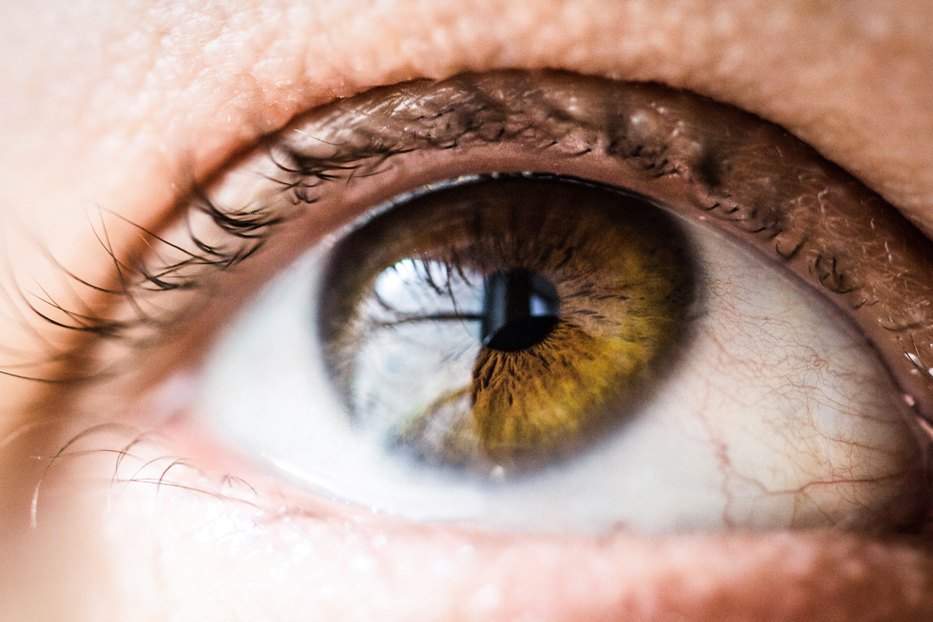
The EYEMATE-SC device enables implantation in glaucoma patients not indicated for cataract surgery yet. The company’s CE marked EYEMATE-IO intraocular sensor implant is intended for use in glaucoma patients undergoing cataract surgery.
The first-in-human clinical study is being undertaken to validate the suprachoroidally-placed EYEMATE-SC sensor implant for continual monitoring of IOP.
Implandata is extending its ARGOS-SC01 study by including the Ophthalmic Clinic of Ruhr-University Bochum (Germany), the Department of Ophthalmology at University Mainz, Germany, and the Montchoisi Clinique Lausanne, Switzerland.
An independent data safety monitoring board, chaired by Germany-based Medical University Cologne Department of Ophthalmology former Director Emeritus Günter Krieglstein, will monitor the study, which is expected to be completed by early 2020.
Intraocular pressure monitoring is claimed to be a significant challenge for glaucoma patients and their ophthalmologists. The present IOP measurement methods require in-office procedures to be performed by trained medical staff.
However, the measurements are obtained just few times a year, although it is known that the eye pressure could be highly dynamic and is influenced by several parameters and could change throughout the day.
Implandata claims the EYEMATE system offers actionable IOP measurements throughout 24 hours and outside the ophthalmologist’s office. It is expected to enhance treatment options and contribute less progressing vision loss in glaucoma patients.
The EYEMATE system offers direct feedback to the patient, resulting in improved therapy compliance. Furthermore, the remote patient care capabilities can result in more efficient disease management, as the number of office visits can be reduced considerably for several patients and at the same time, the eye doctor receives more and better information about the patient’s specific situation.
The IOP data could also shed light on emerging and progression patterns of the diseases, potentially unlocking new or more efficacious intervention approaches.
Implandata CEO Max Ostermeier said: “The successful inclusion of the first ARGOS-SC01 study patient is a pivotal milestone for Implandata towards broadening the use of our EYEMATE system, eventually allowing also stand-alone implantation of our proprietary eye pressure sensing devices.”






